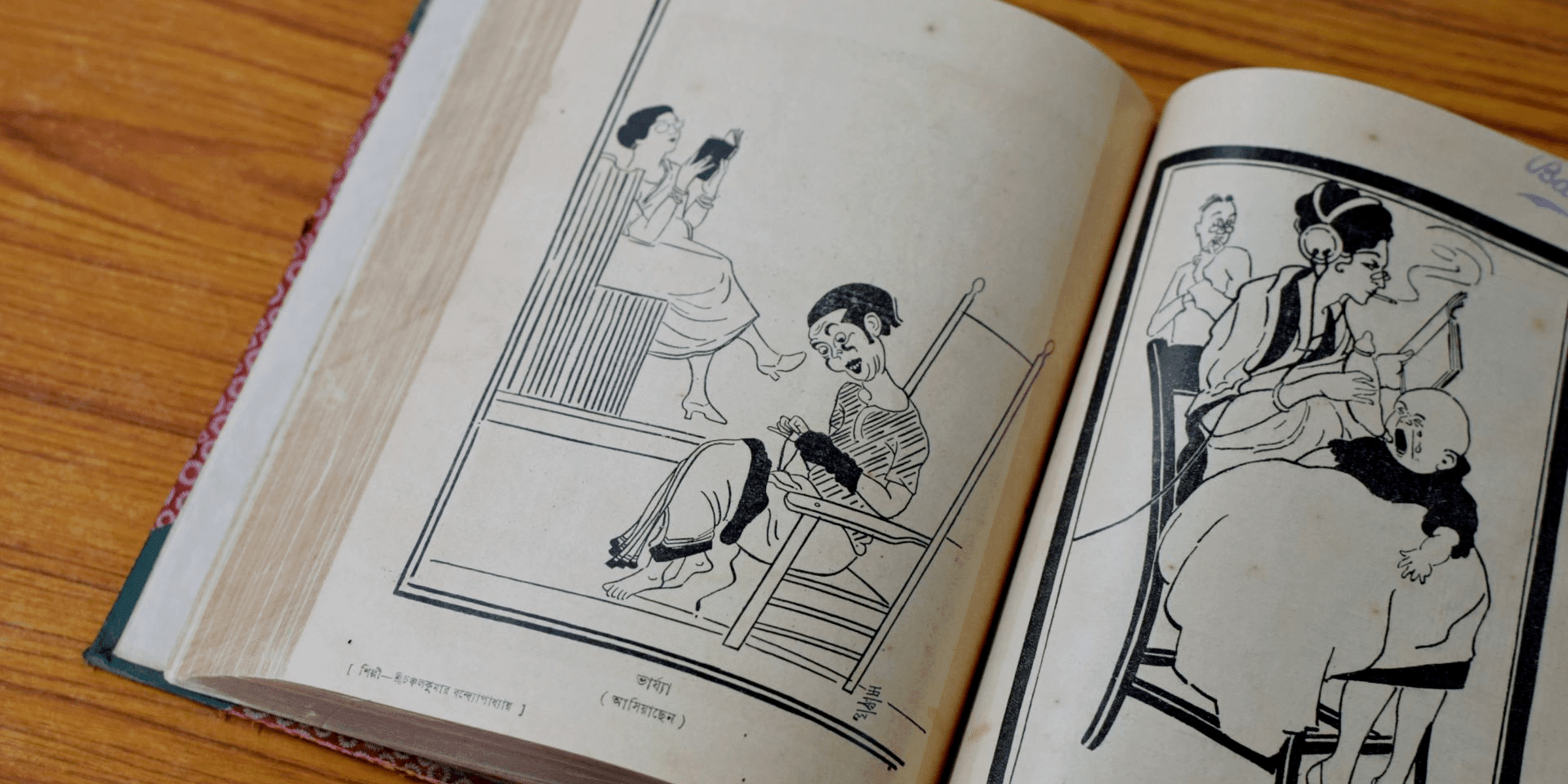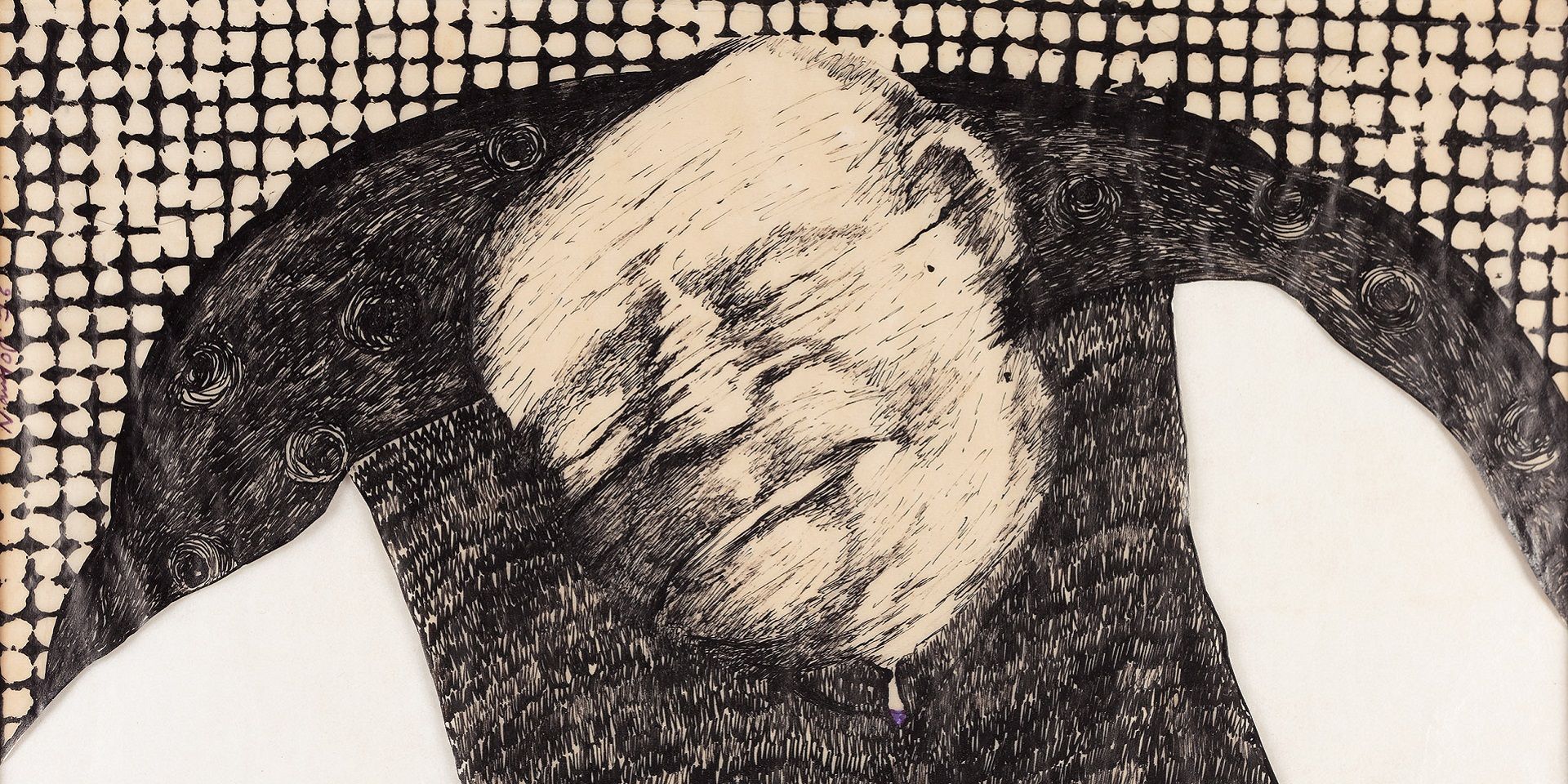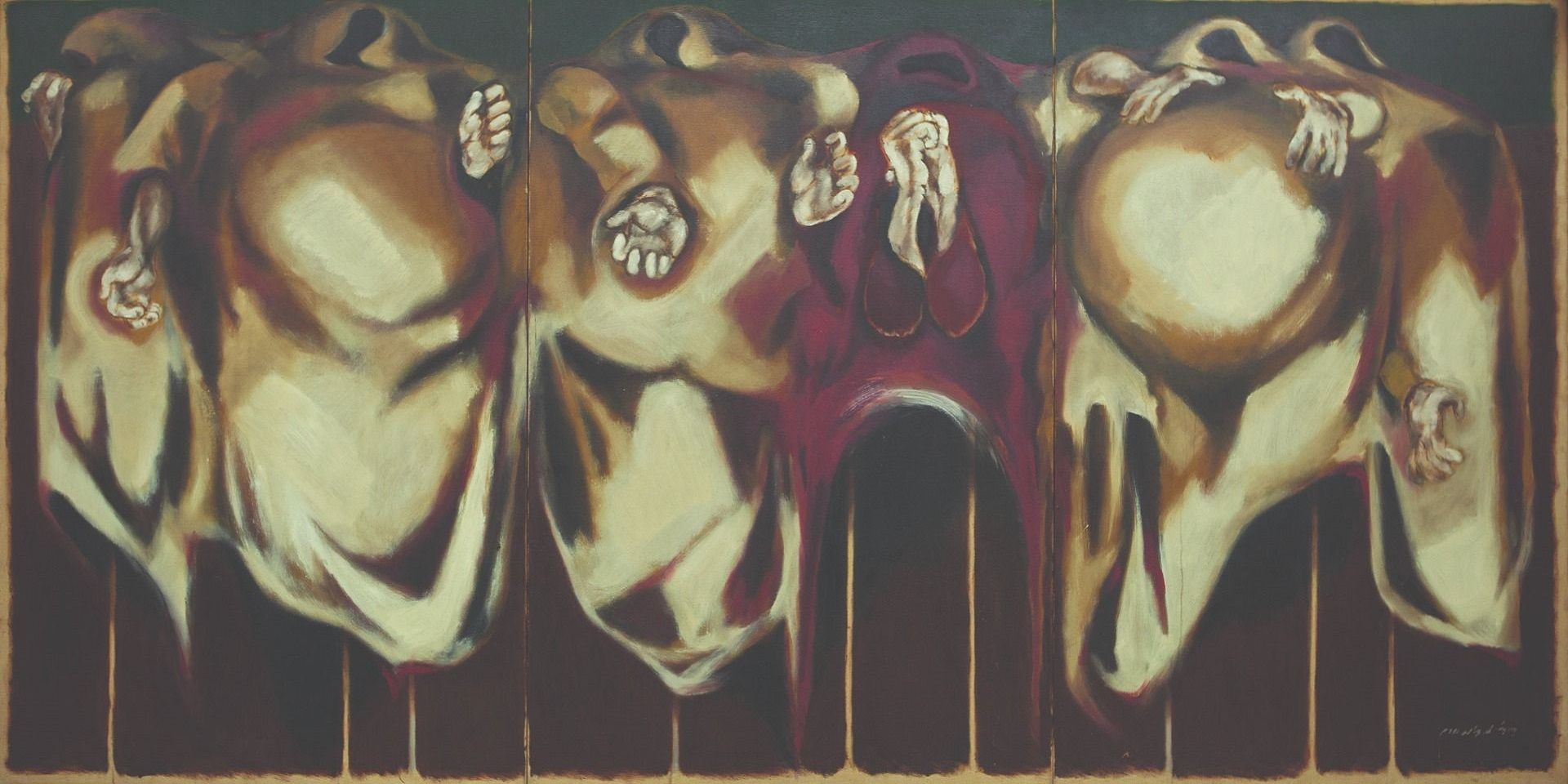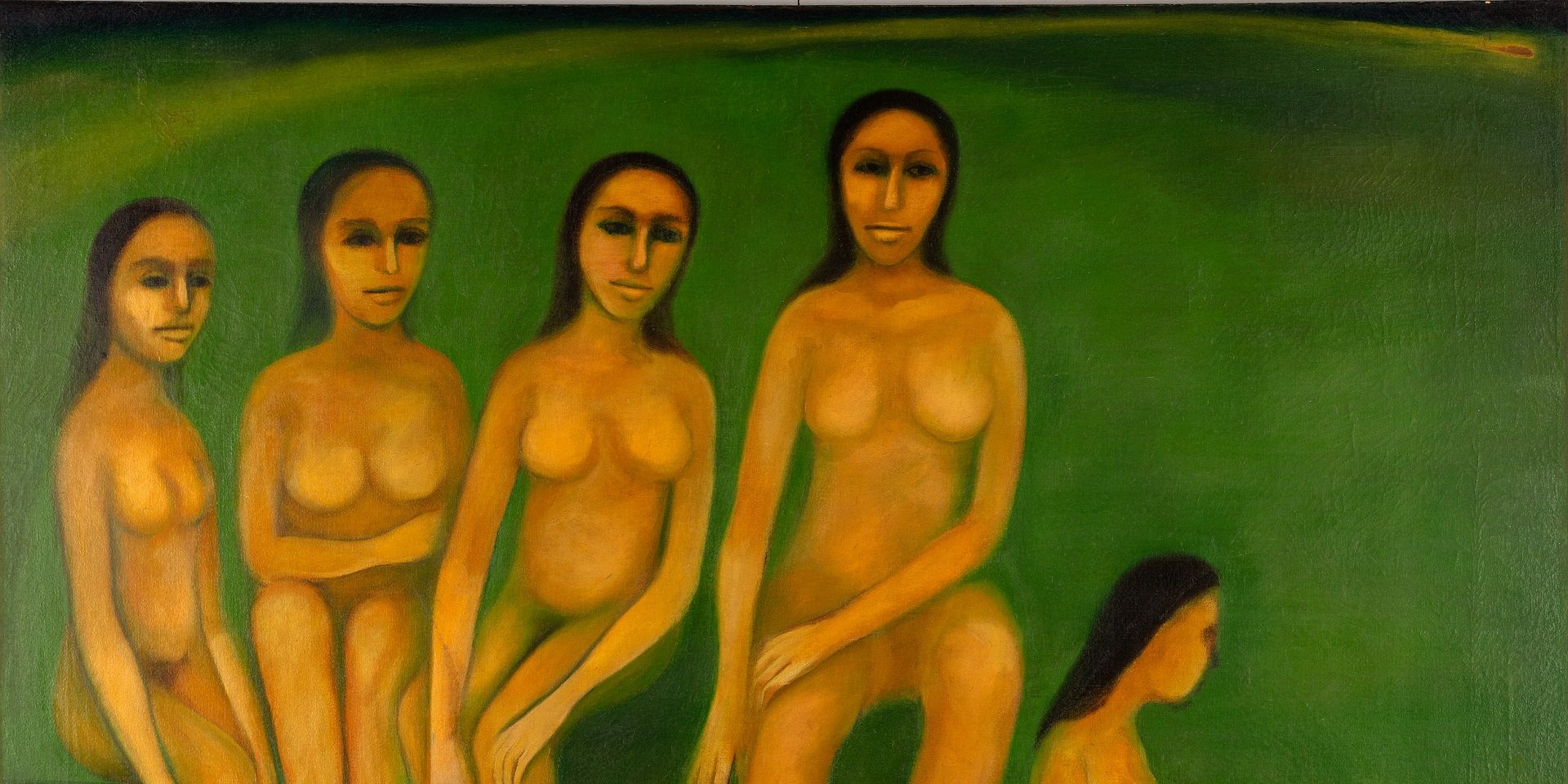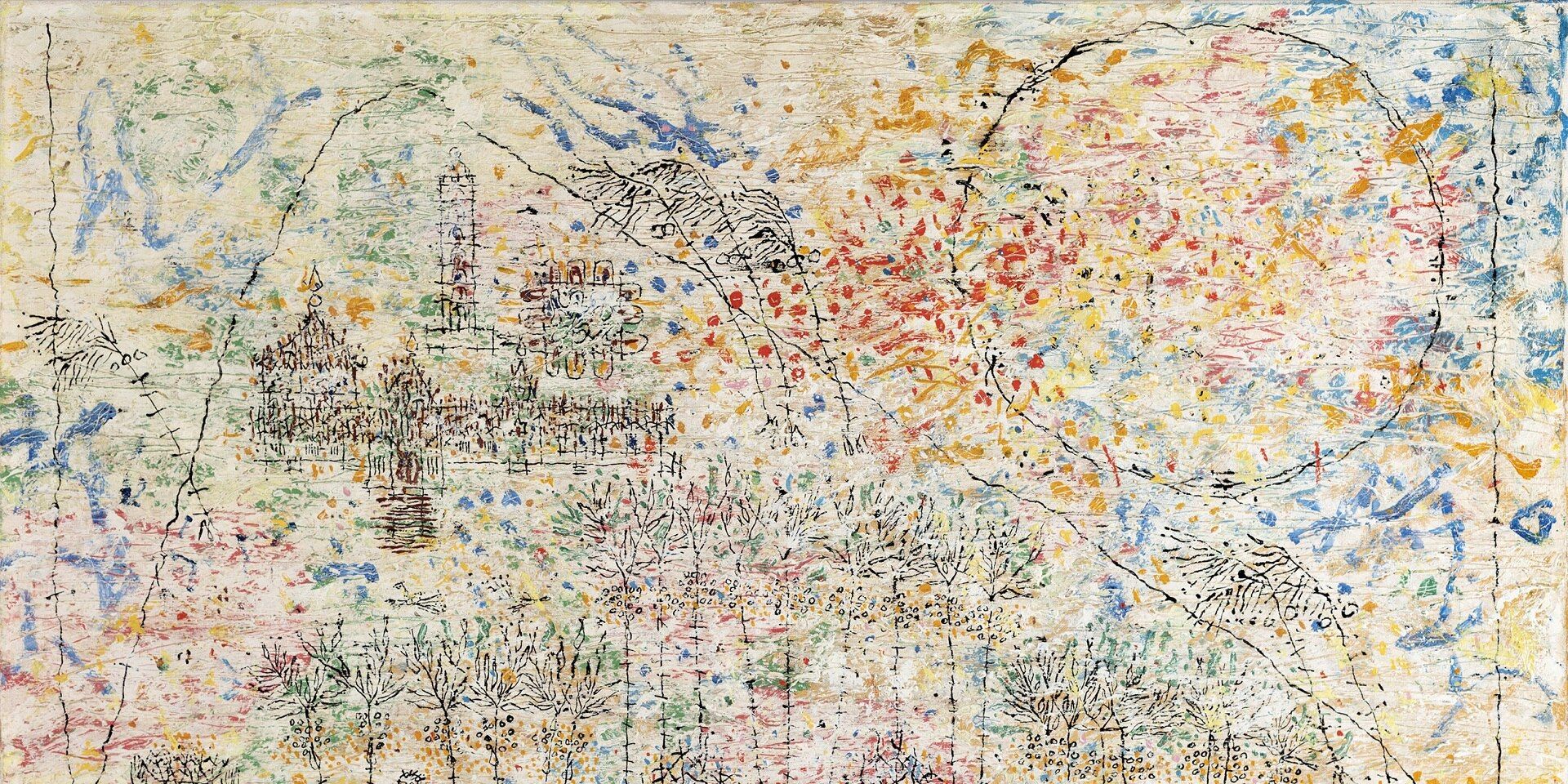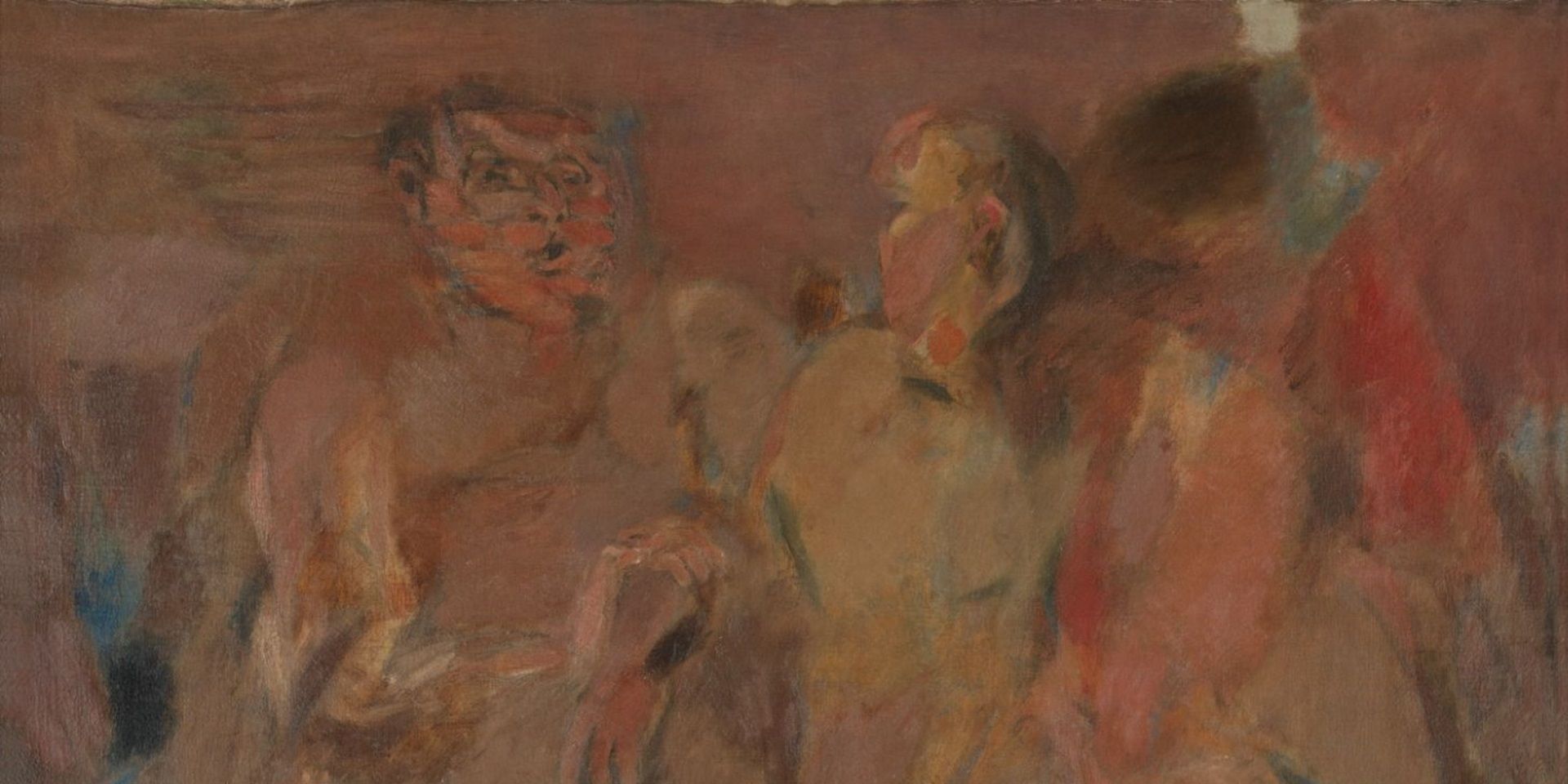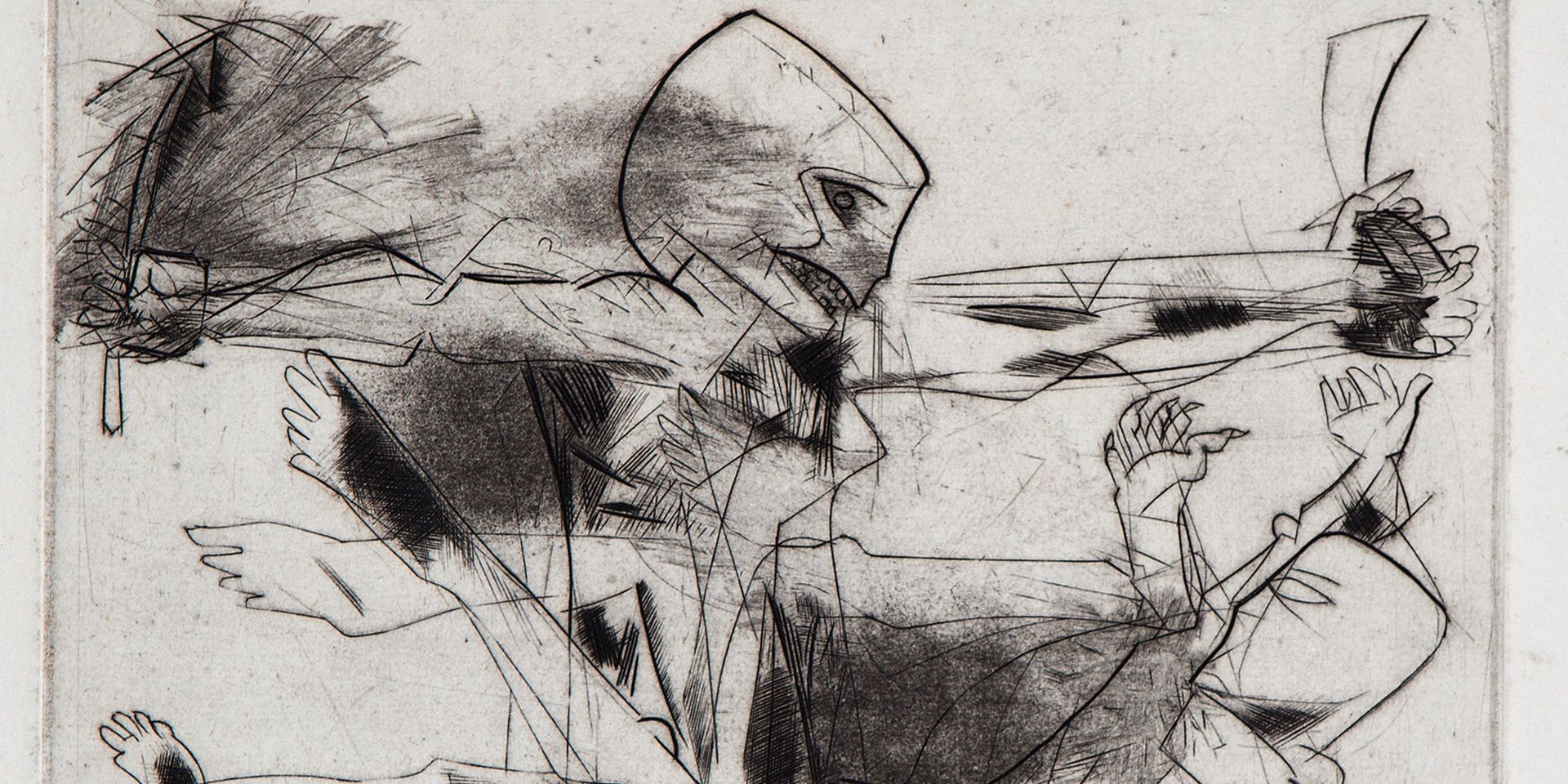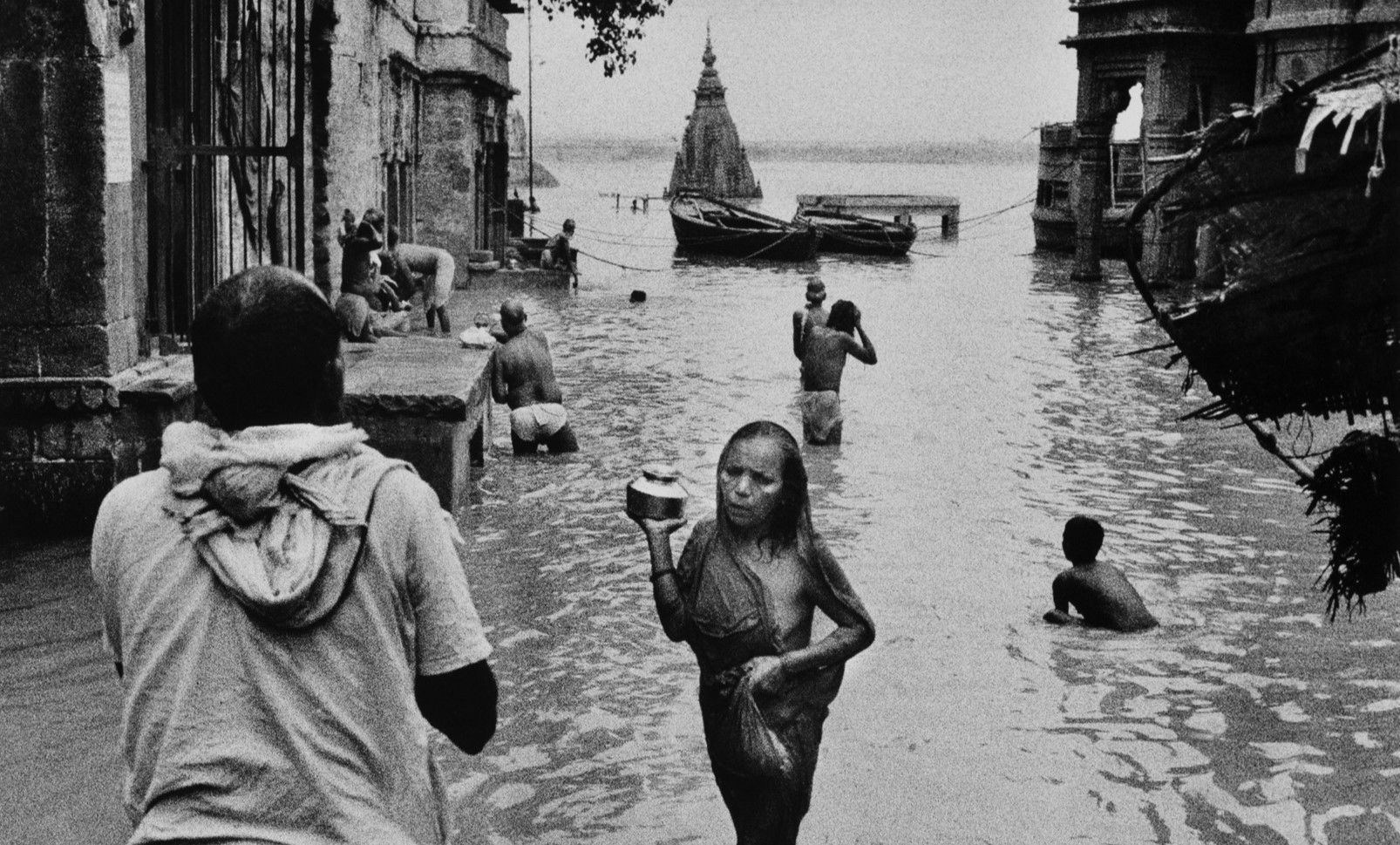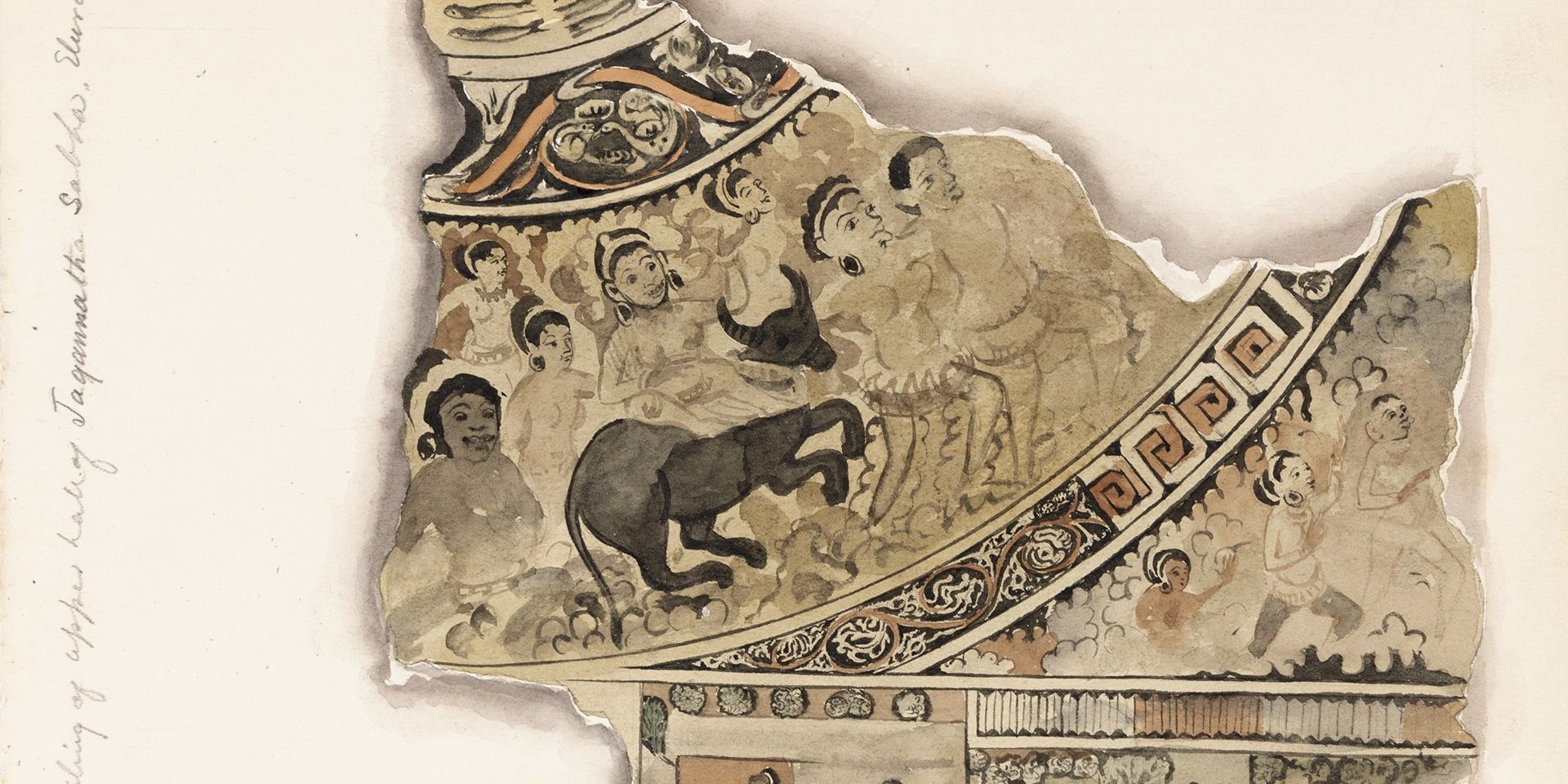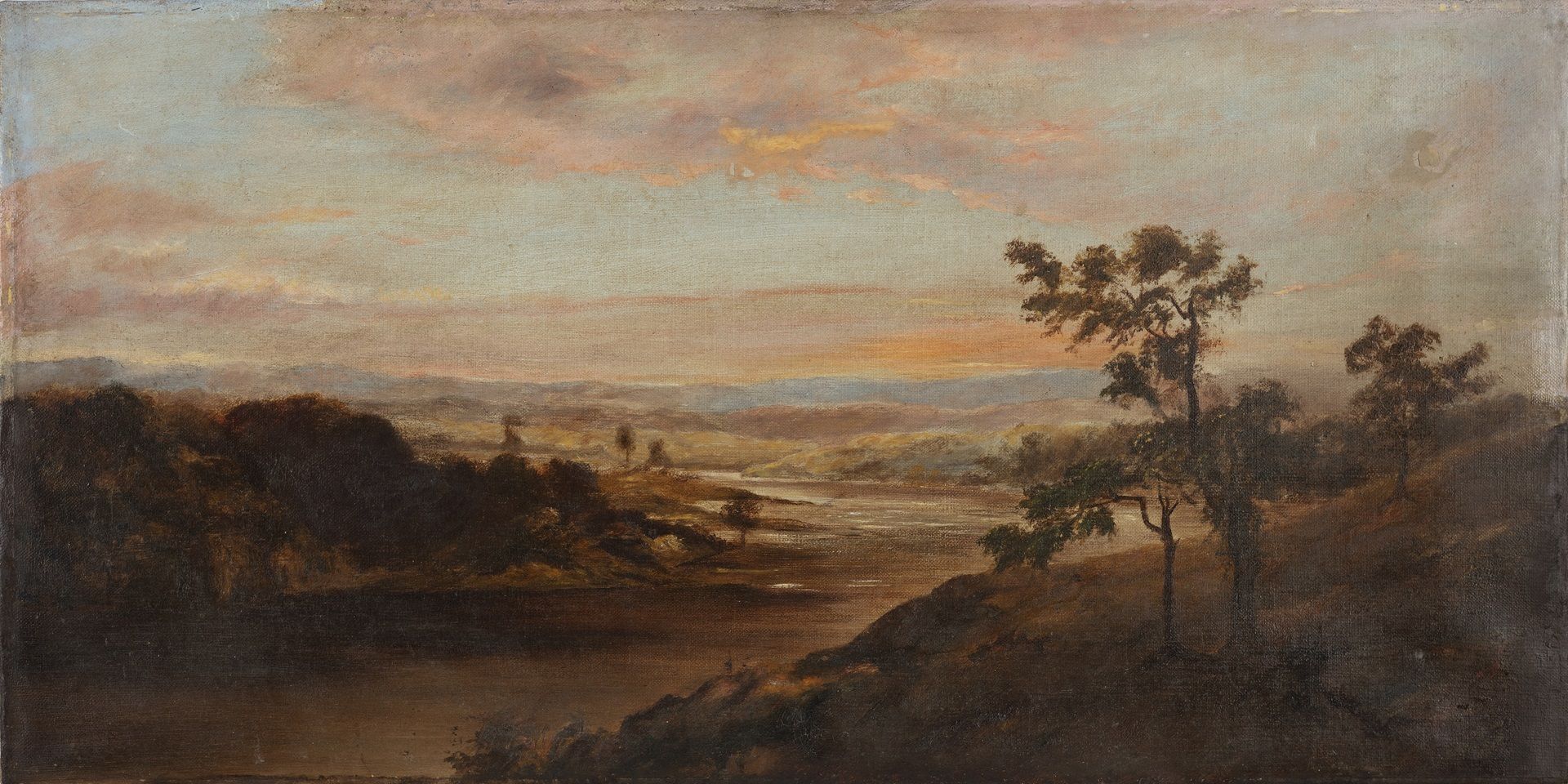Before the Chaos of Destruction: Jeram Patel's Iconic Works
Before the Chaos of Destruction: Jeram Patel's Iconic Works
Before the Chaos of Destruction: Jeram Patel's Iconic Works

Jeram Patel (1930-2016) Untitled(detail), Acrylic and ink on cardboard pasted on ply board, c. 1950s, 62.7 x 75.4 cm. Collection: DAG.
'ARTISTS OFTEN PROCEED THROUGH A TRIAL AND ERROR METHOD—AN INCESSANT EXPERIMENTATION—LEAVING BEHIND A SINGULAR TRAIL OF OEUVRE COMPOSED OF AN IRRECONCILABLE, YET INSEPARABLE, SET OF WORKS.' ROOBINA KARODE LOOKS AT THIS EARLY WORK BY JERAM PATEL, TRACING THE EVOLUTION OF HIS METHODS.
Born in the small town of Sojitra in the Kheda district of Gujarat, Jeram Patel studied drawing and painting at Sir J. J. School of Art, Bombay. In 1959, excellence in his work led him to pursue commercial design at Central School of Arts and Crafts, London, on a scholarship, and also travel to France and Japan. Thereafter, he successfully held solo exhibitions at various places in India and abroad, and participated in international events such as the Tokyo Biennale and Sao Paulo Art Biennale (both in 1963).

|
Jeram Patel, Untitled, 2007, Blow torched wood with enamel, 60.2 x 60.2 cm. Collection: DAG. |
One of the co-founders of the historic Group 1890 in 1962, Patel soon marked his distinct presence in the history of Indian modernism through his unique method of working with a blowtorch that would bite into the naked skin of plywood. The artist’s preponderance for charcoal black, and instinctive nailing, or puncturing, the wooden surface with metal, or fire, by excavating the image within, unravelled his fundamental philosophy that ‘destruction is creation’. Being an iconoclast and letting his uncompromising individuality transgress all conventions, Patel collapsed the familiar differentiations between painting and sculpture. With his blowtorch, he broke the conception of painting as a two-dimensional picture to be done on the surface, and sculpture as a carved out or moulded three-dimensional form.
Like many abstractionists of his generation, Patel also went through an early figurative phase and gradually transformed his style of working into non-figurative art. Referencing the aesthetics and pictorial strategies of Indian miniatures in his early phase, he painted on paper (some of them then pasted on board), using the delicacy of line and a lighter palette of whites and ochres that are quite contrary to what evolved later as his quintessential image, nuanced and saturated in the tones and texture of black.
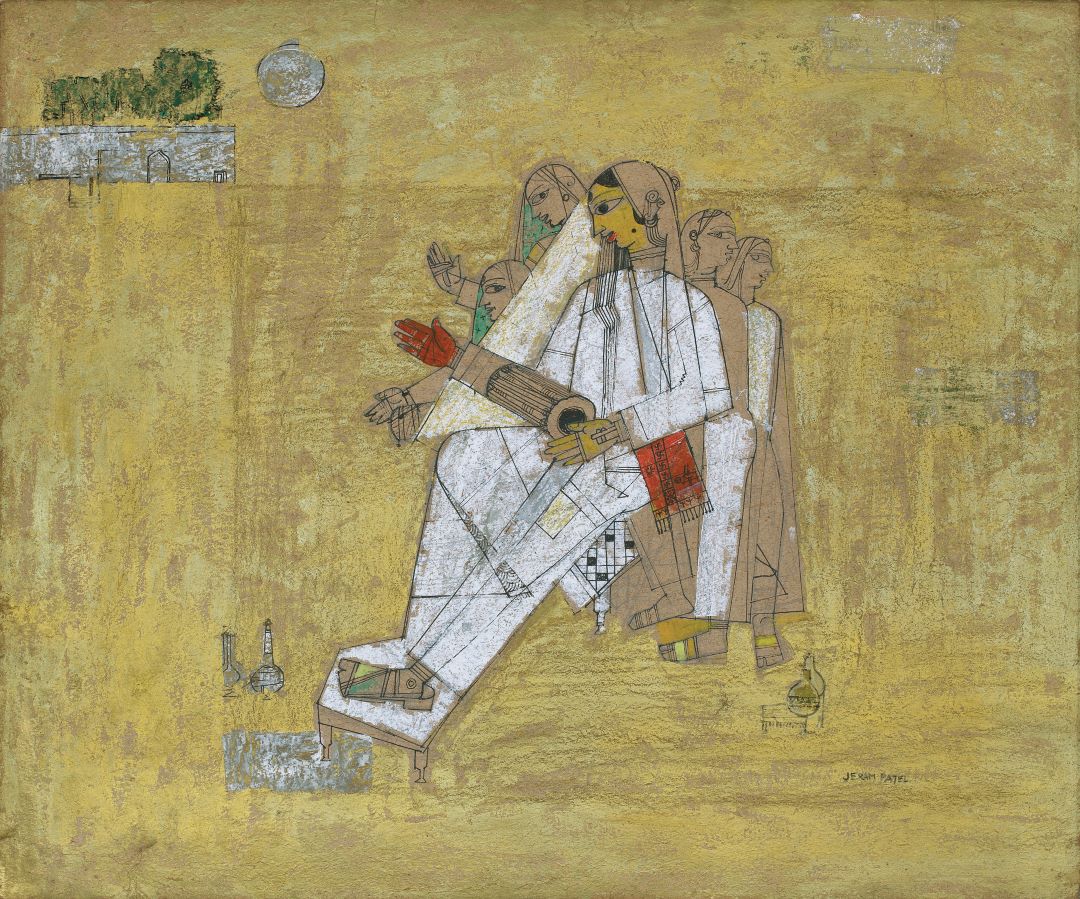
Jeram Patel (1930-2016) Untitled, Acrylic and ink on cardboard pasted on ply board, c. 1950s, 62.7 x 75.4 cm. Collection: DAG.
Yet, one could find, as in this Untitled work above, the artist’s attempt to deconstruct traditional imageries by reducing them to a few fundamental compositional elements and visual signifiers by eliminating the superfluous and the ornamental. The suggestive image of the courtyard, for instance, provides a flat yet textured backdrop for the central characters with a muted and uneven tonality accentuating the graceful delicacy of lines and swatches of colour. Our focus within this compact figuration is drawn to the hands and feet extended outwards. In other works, the feminine figures often appear trapped inside an overwhelming architectural space or pictorial frame under construction (or destruction?), laying the conventional methods of pictorial composition bare.
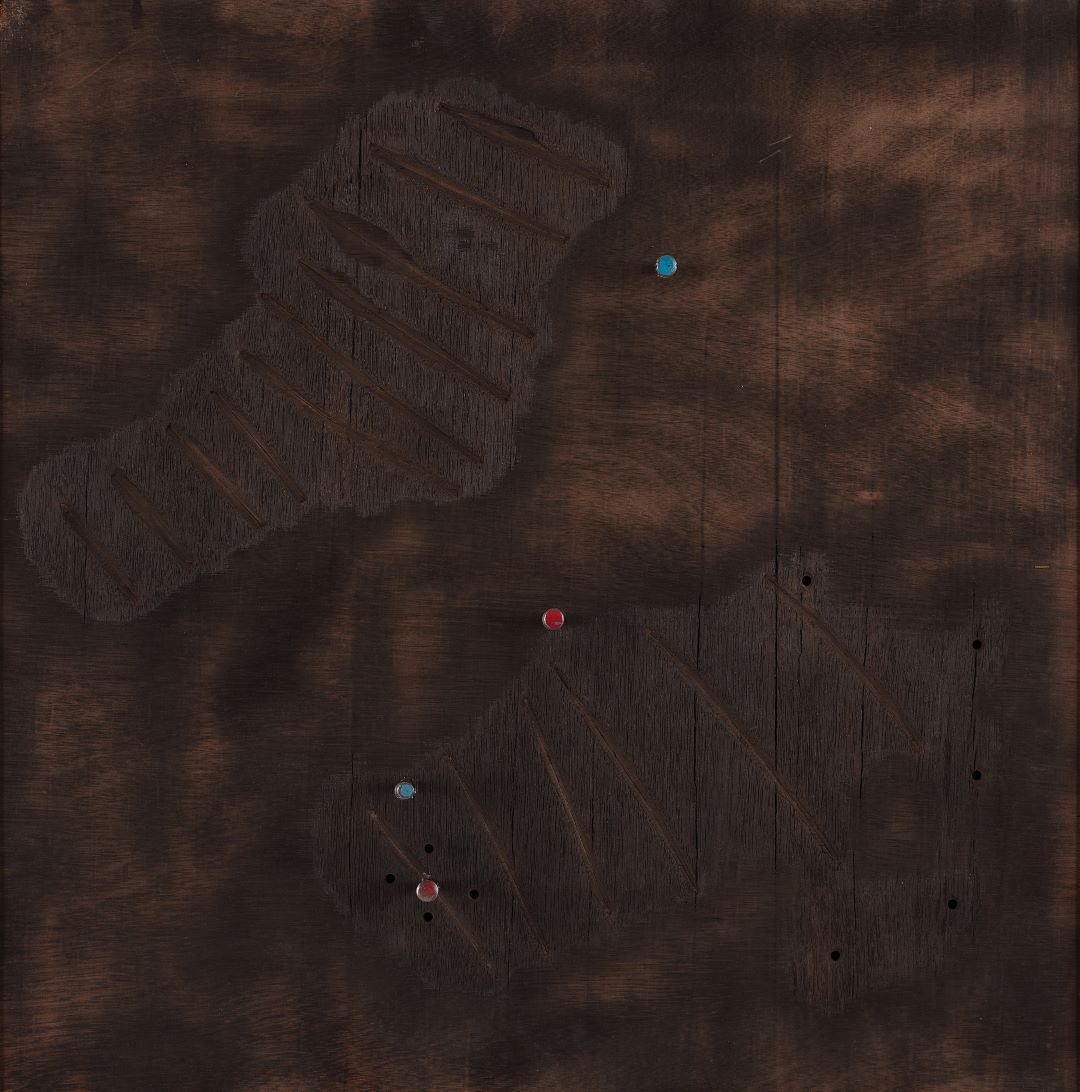
|
Jeram Patel, Untitled, Enamel and metal on blowtorched wood, 61.0 x 60.2 cm. Collection: DAG. |
It is striking to see how carefully Jeram moved from this serene deconstruction of visual elements to an instinctive and aggressive approach in search of ‘the image proper’—a shift from the additive method of image-making to a violent and subtractive method of image-excavation. The passage between the two was made possible by the artist’s abiding interest in drawing, rendering shapes with dense layers and strokes, yet retaining the modest size of the miniatures—all the features prefigured in the work represented here.
This essay is a part of 'Iconic Masterpieces of Indian Modern Art', DAG’s landmark publication that pairs the foremost art historians with artworks made by India's most significant artists, set to be featured in an annual exhibition.
Roobina Karode is an eminent art historian who has curated pathbreaking exhibitions and written extensively on modern and contemporary art. She is the director and chief curator of Kiran Nadar Museum of Art, New Delhi. An art educator, she studied art at the Faculty of Fine Arts, Maharaja Sayajirao University, Baroda.
related articles
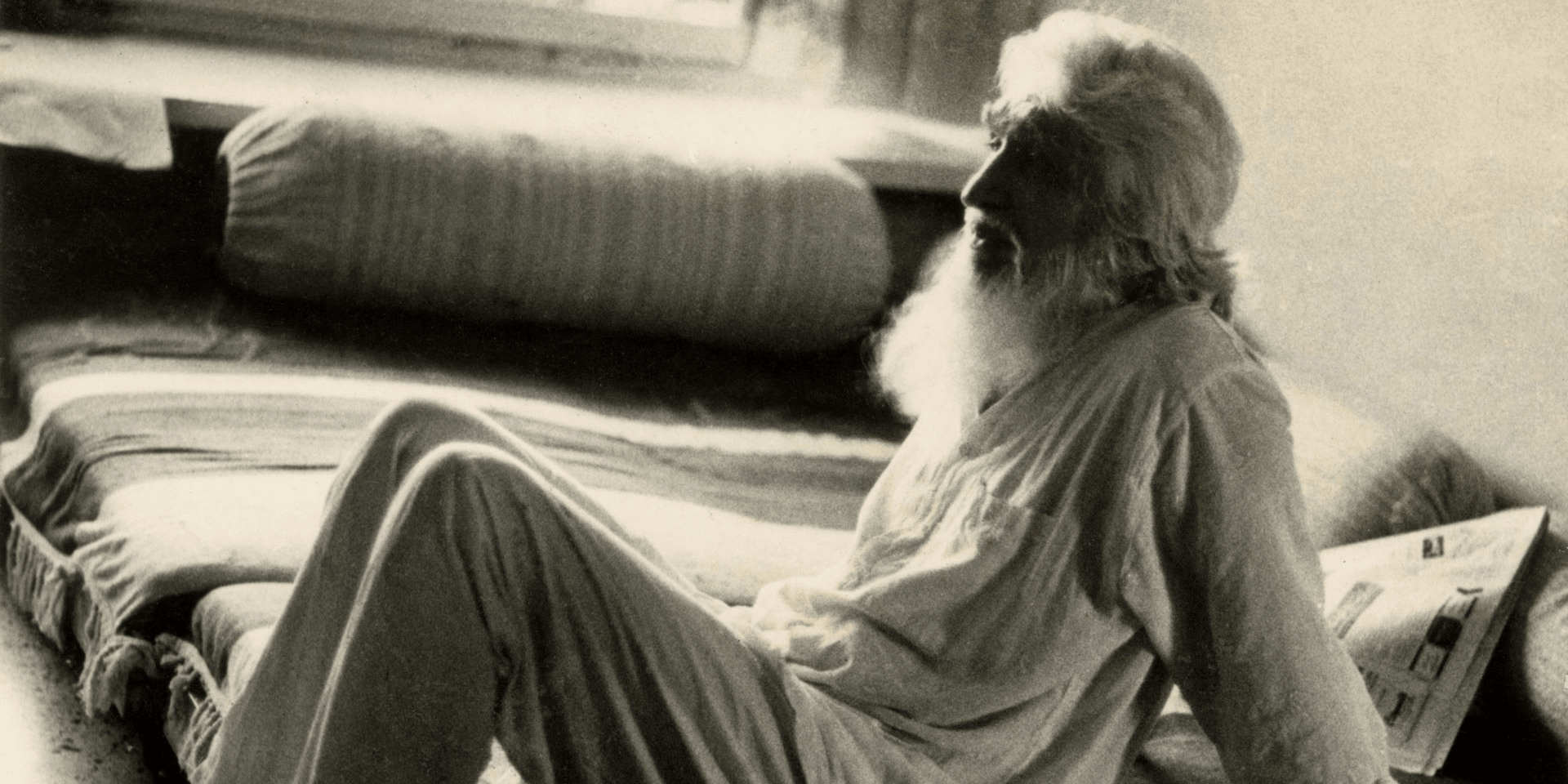
Intersections
The Painters’ Camera: Husain and Mehta's Moving Images
Avijit Mukul Kishore
February 01, 2023

Conversations with friends
The Making of the Dhaka Art Summit: Behind the scenes with the Curator
February 01, 2023
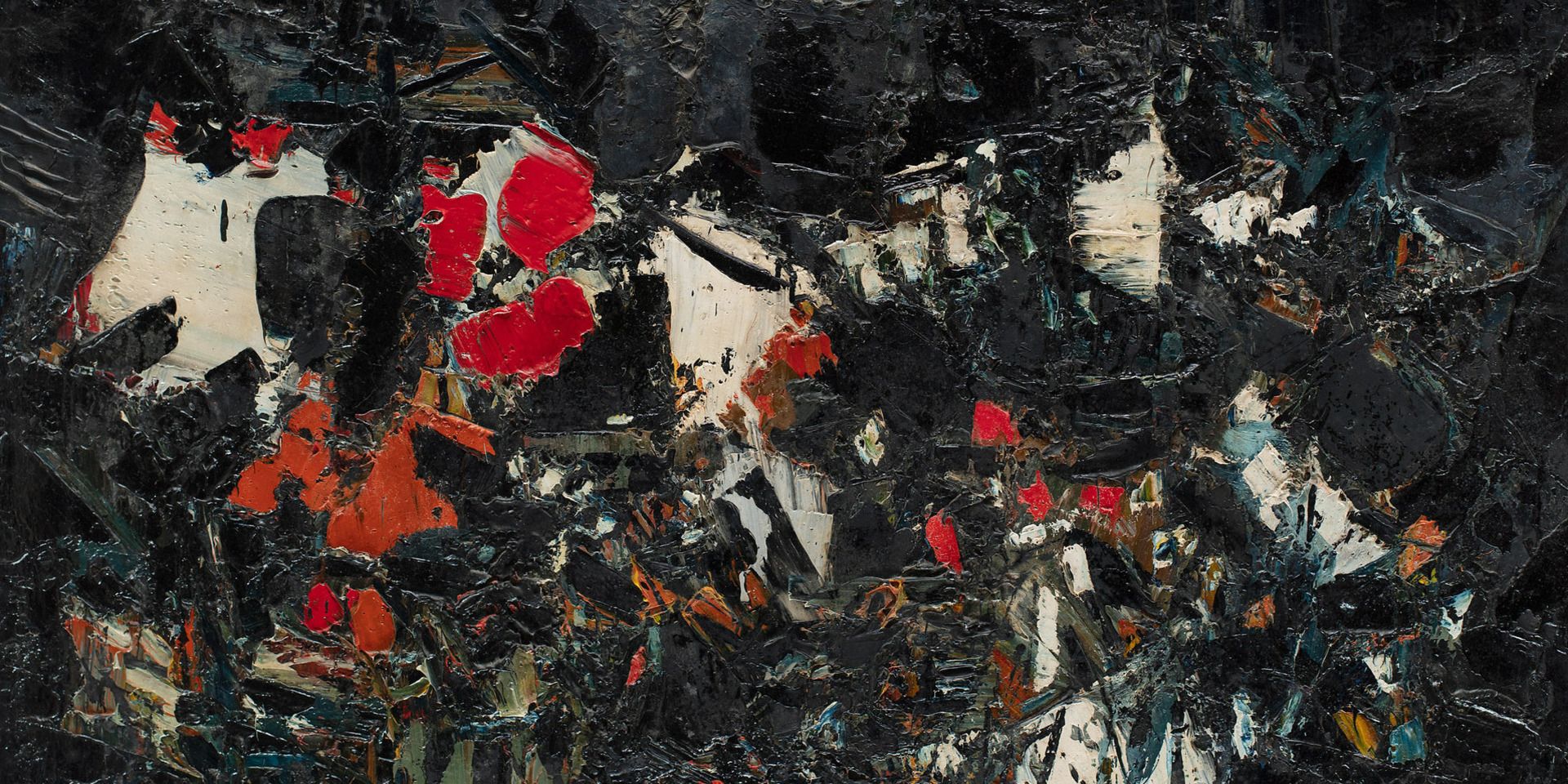
Essays on Art
An Elsewhere Homeland: Sayed Haider Raza’s Iconic Masterpiece
Ashok Vajpeyi
March 01, 2023
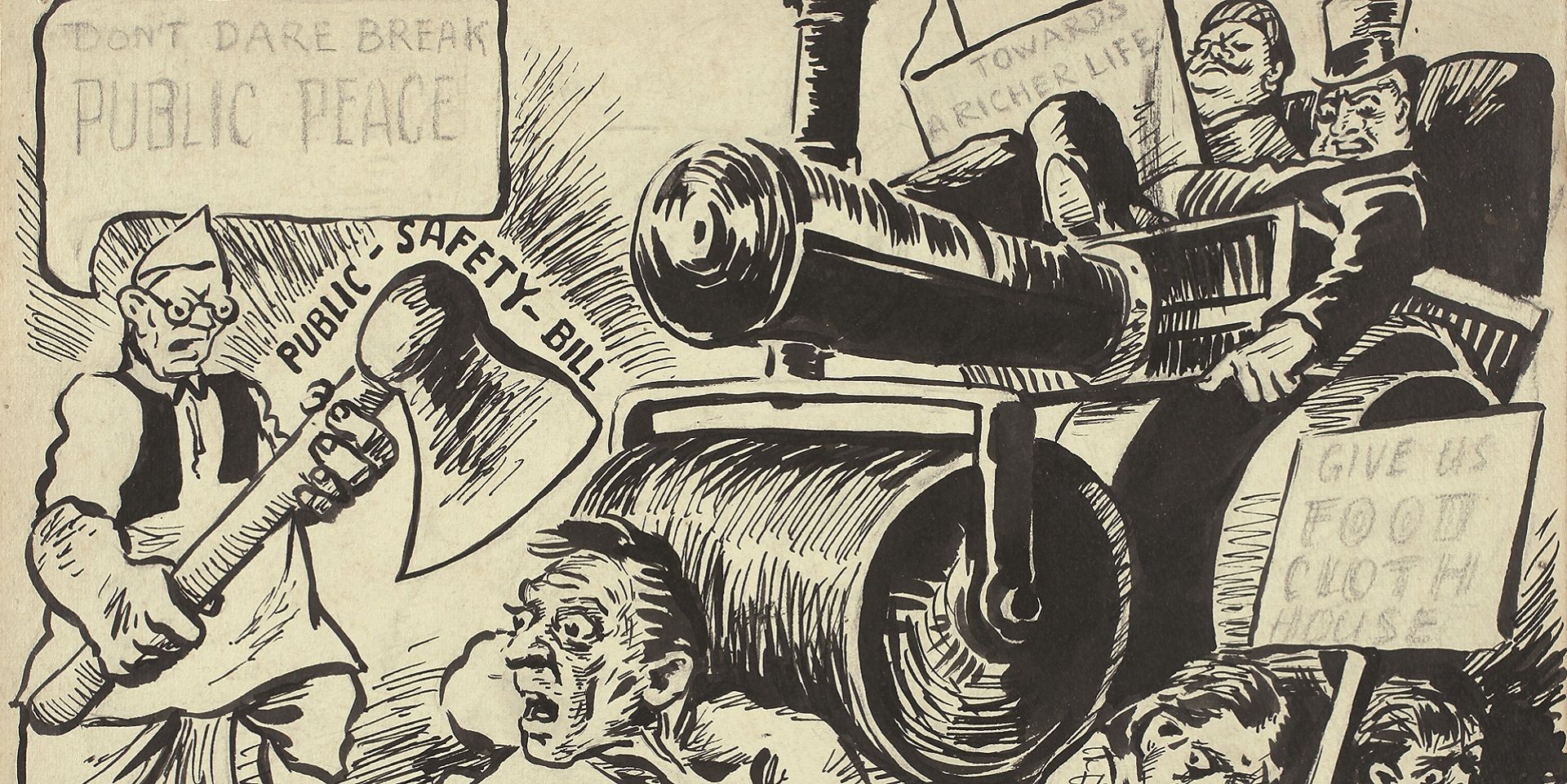
Essays on Art
To Hell with the State: Caricature in early (Post)colony
Sayandeb Chowdhury
June 01, 2023
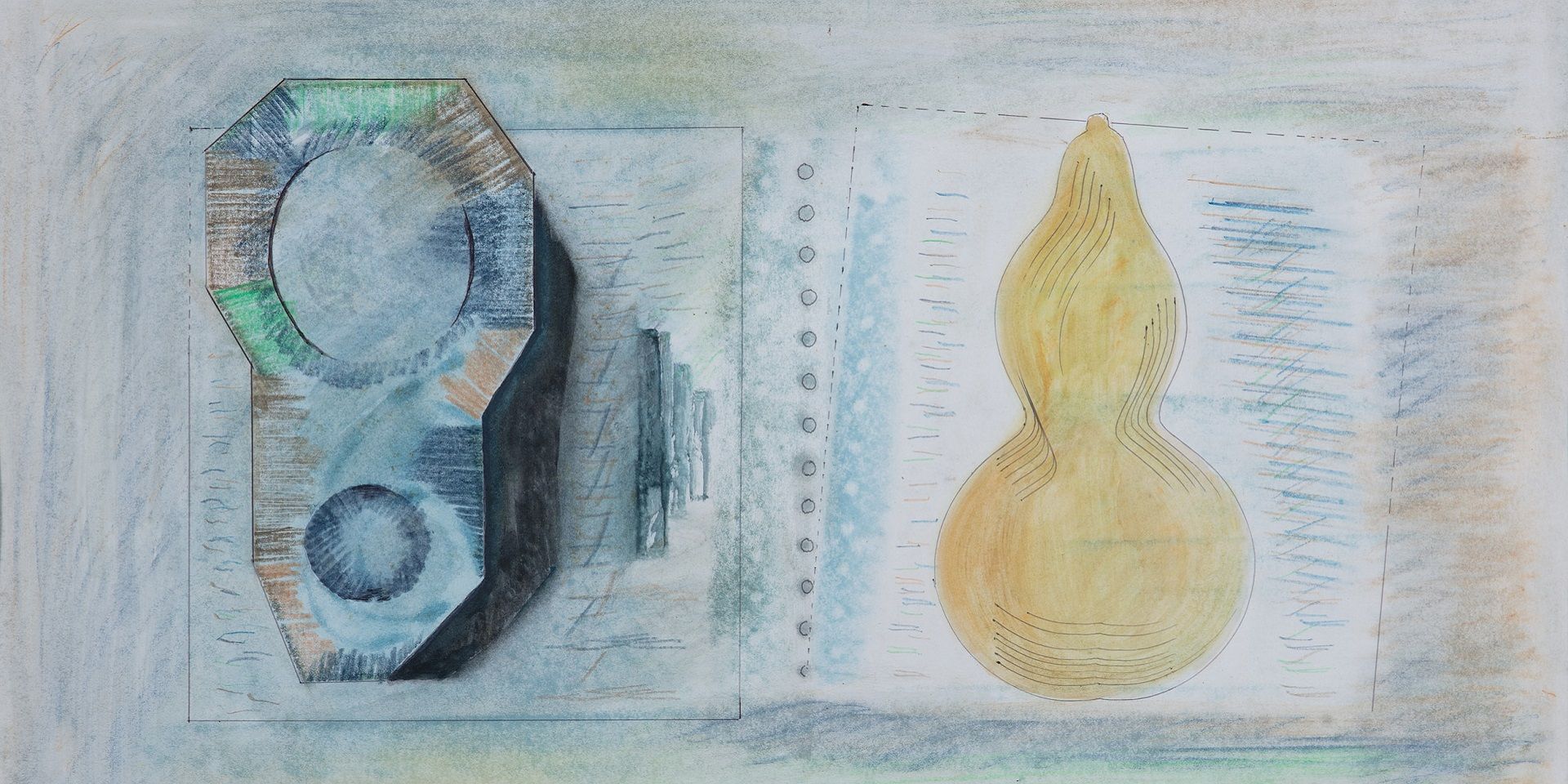
Essays on Art
Searching for the ‘Inner Form’ in Prabhakar Barwe’s Blank Canvas
Bhakti S. Hattarki
August 01, 2023
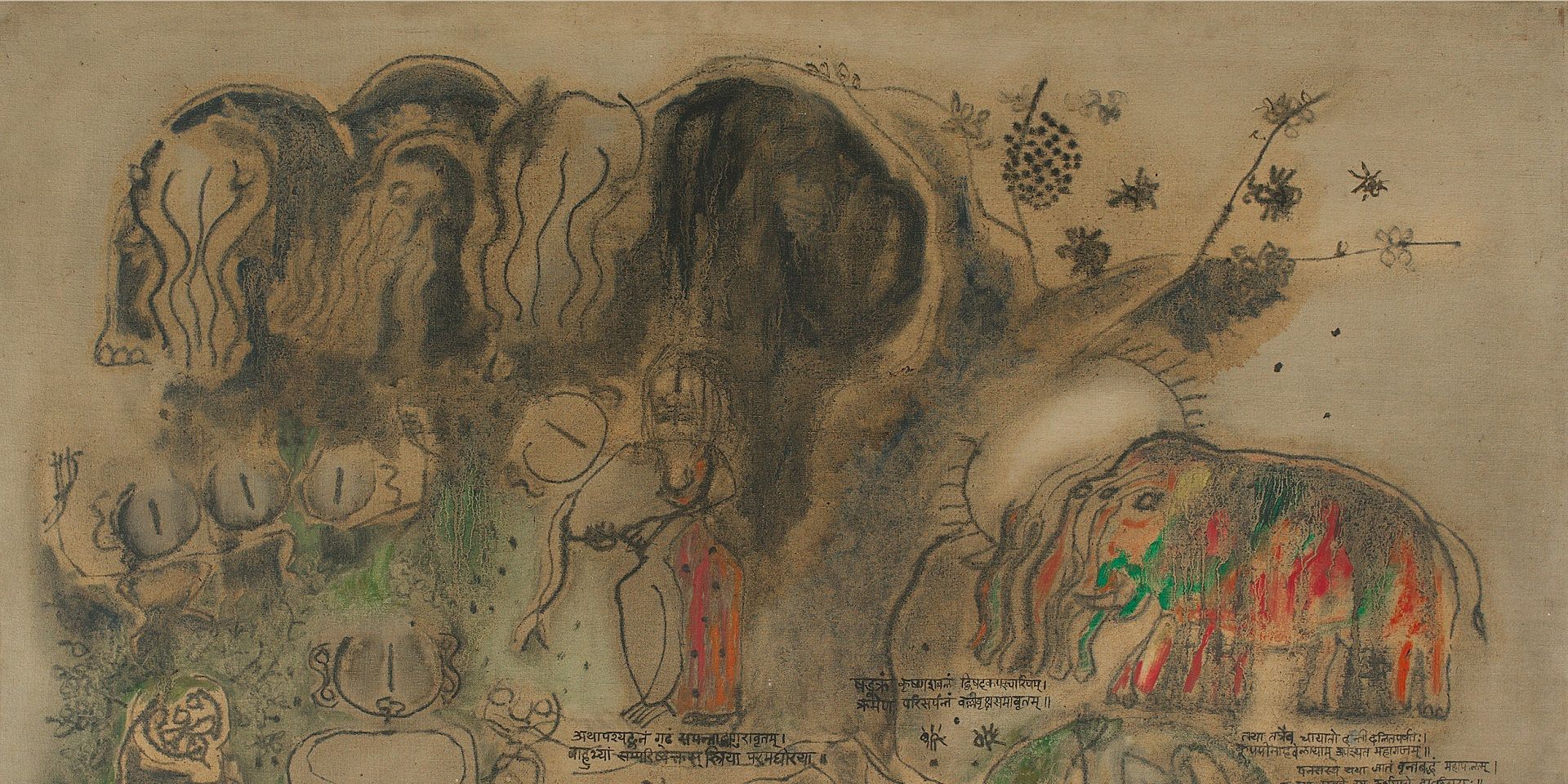
Archival Journeys
'The “livingness” of the past’: M. Reddeppa Naidu's mythologies
Shaon Basu
July 01, 2024
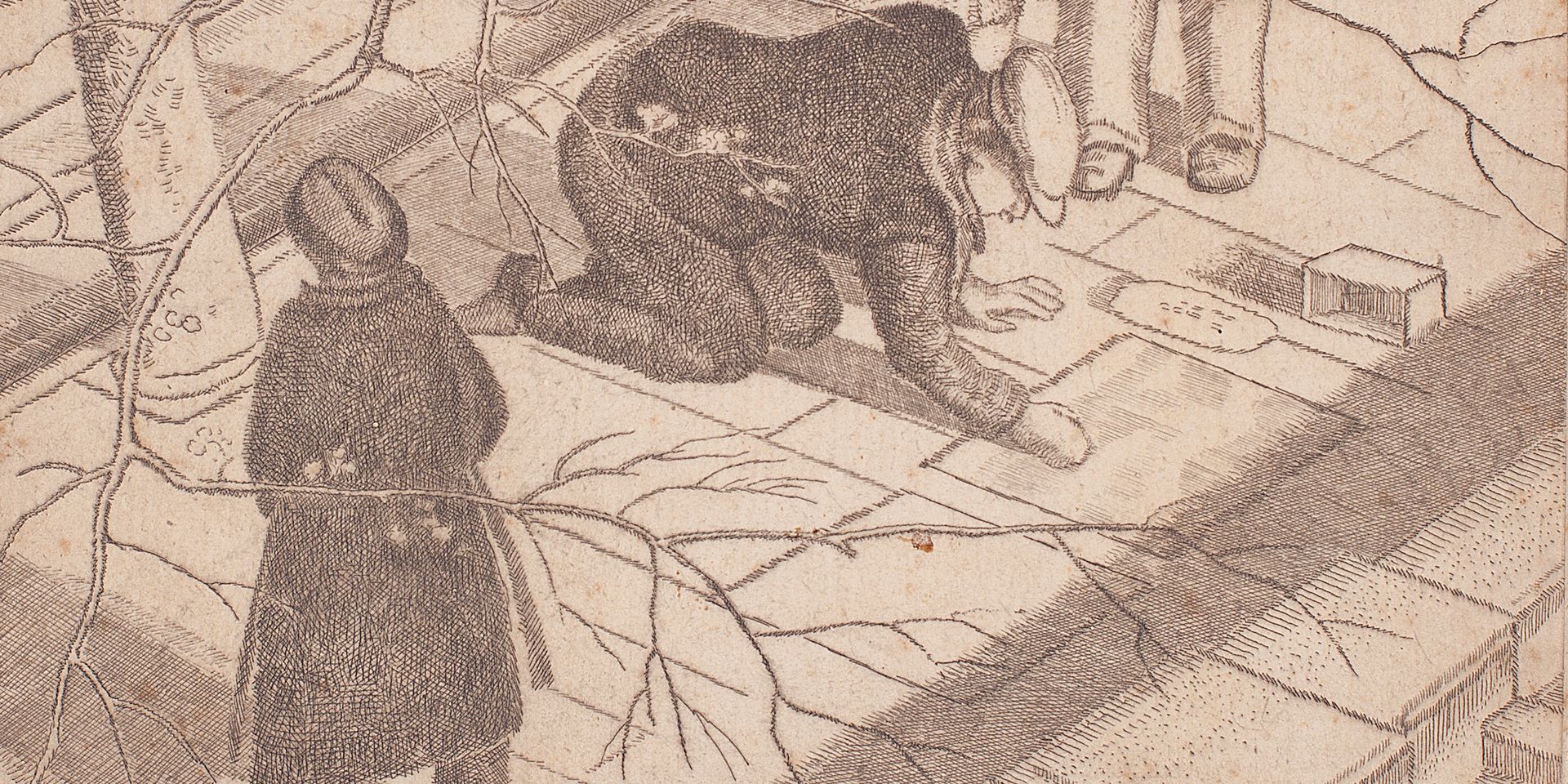
Travelling with Artists
Europe Before the War: Travelling with Ramendranath Chakravorty
Shreeja Sen
July 01, 2024
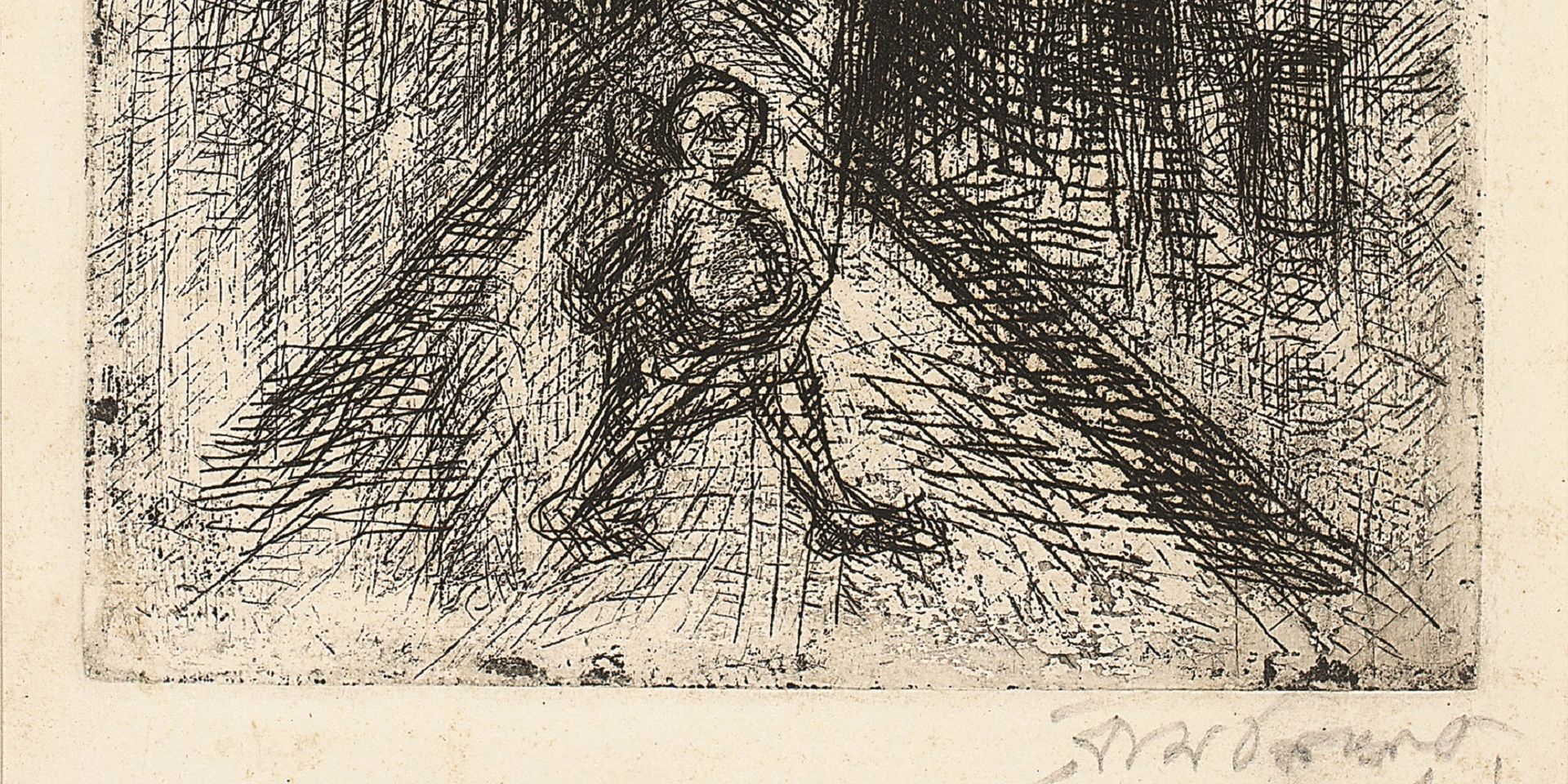
Essays on Art
On 'Not Looking Back': Samaresh Basu meets Ramkinkar Baij
Debotri Ghosh
August 01, 2024
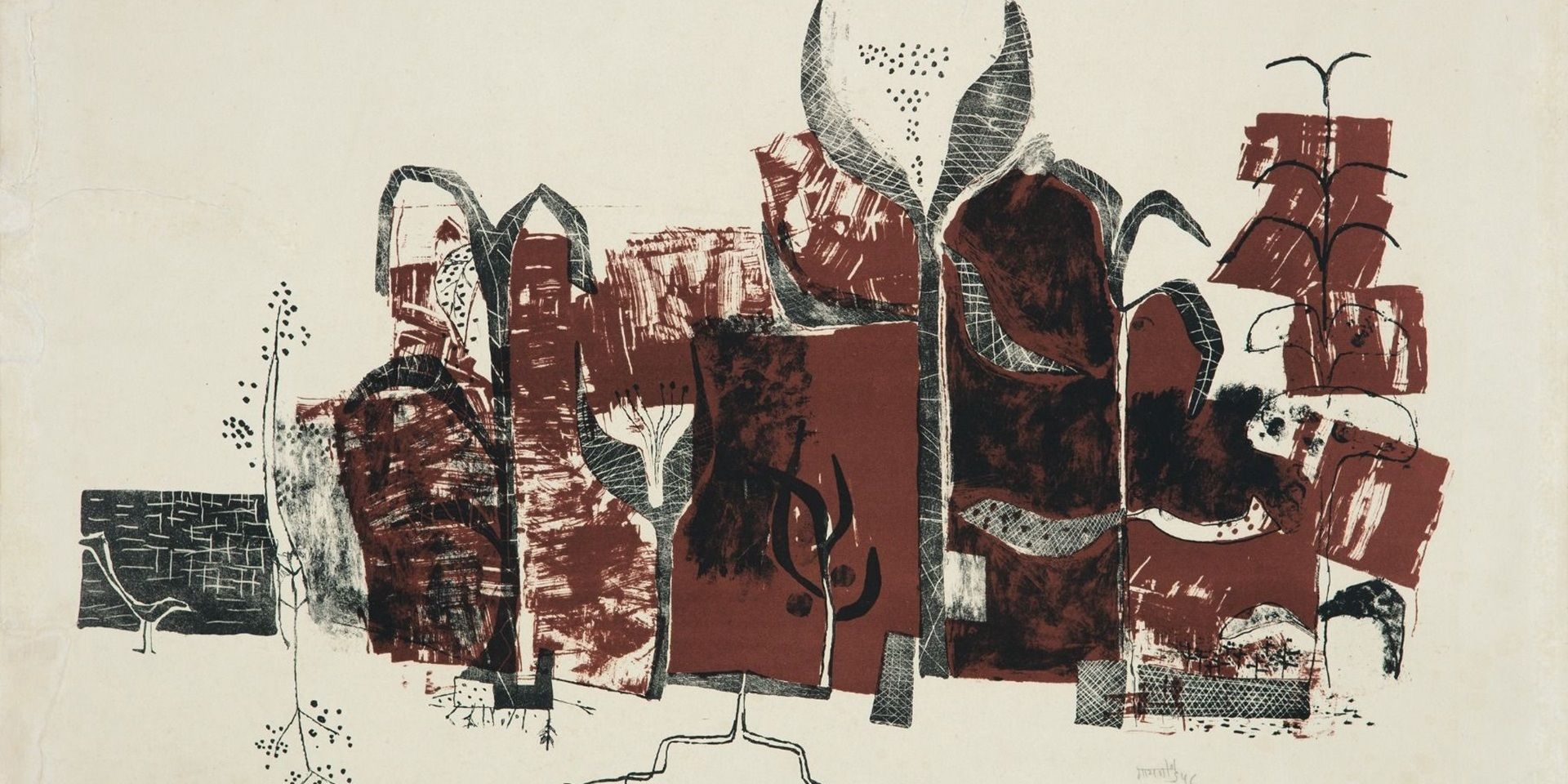
Essays on Art
V. S. Gaitonde’s Century: Celebrating a Master Abstractionist
The Editorial Team
August 01, 2024

Erotics of the Foreign: On Bhupen Khakhar's 'Phoren Soap'
Bhakti S. Hattarki and Ankan Kazi
September 01, 2024

Essays on Art
Peripheries and the Center: Souza and Avinash Chandra in London
Shreeja Sen
December 01, 2024



